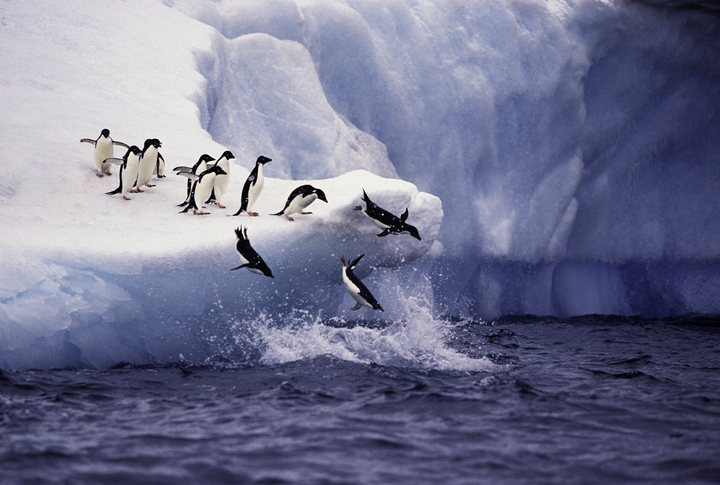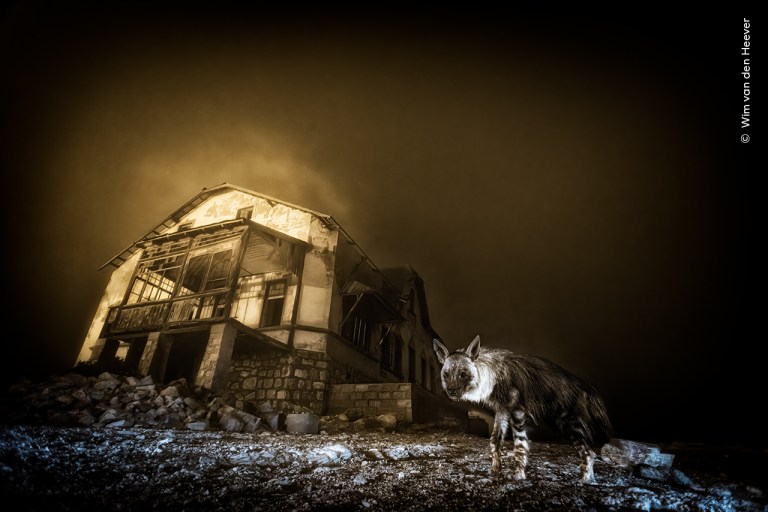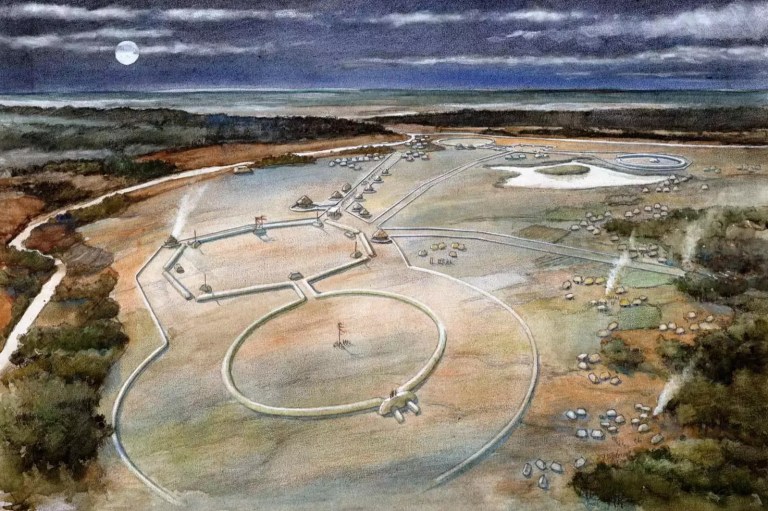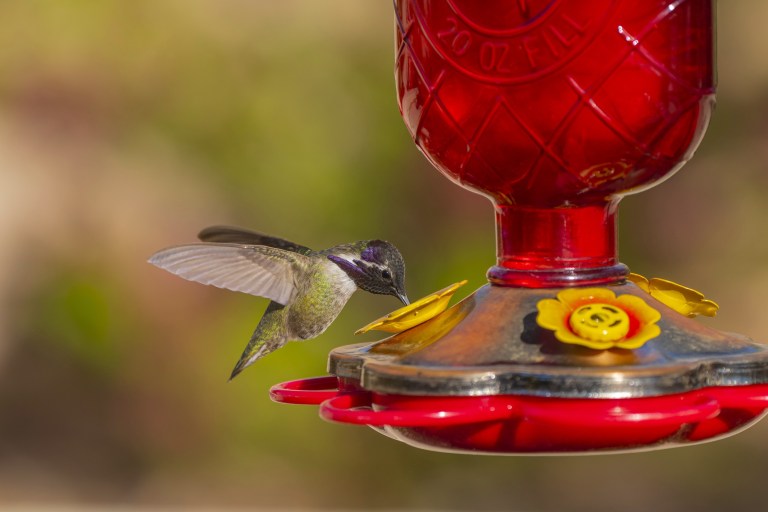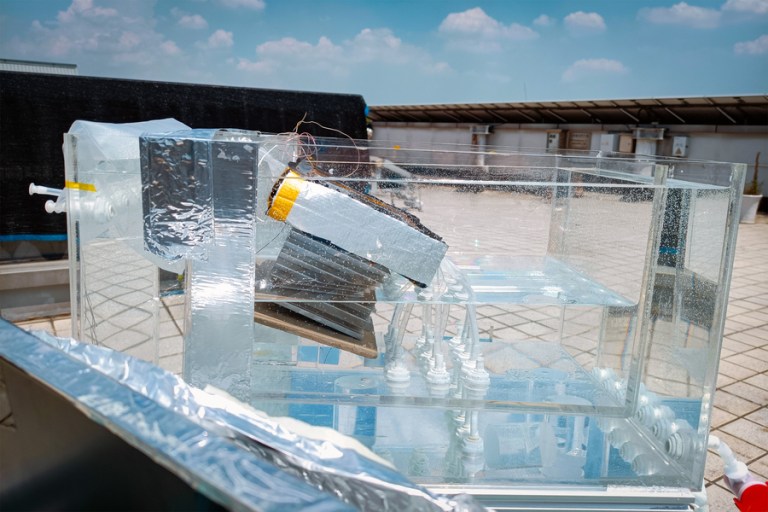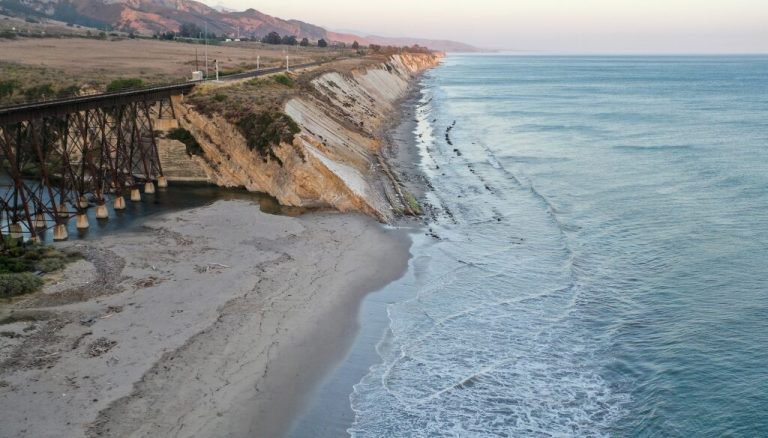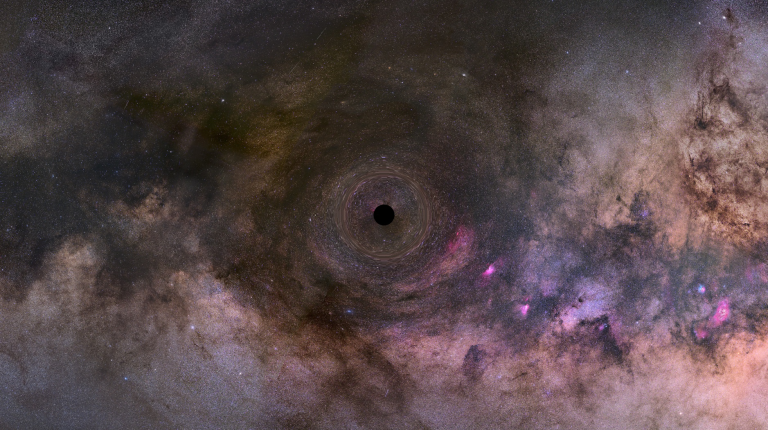Four Seasons and Ritz Carlton may be known for their luxurious resorts, but if you’re looking for a stay unlike any other, then you’ll want to visit the incredible Icehotel in Sweden. Located in the tiny village of Jukkasjärvi and founded in 1989, the establishment was the first of its kind, featuring stunning rooms sculpted by artists out of solid ice and snow.
A large portion of the hotel — called Icehotel Winter — is crafted out of ice from the nearby Torne River each winter, and then melts by the coming spring. While the establishment has created a permanent year-round ice installation as well, the truly unique appeal of most of these ice rooms is that they are temporary fixtures, impermanent and one of a kind. Icehotel Winter is open from December to April, offering guests the opportunities to go dog sledding, see the northern lights, and even try ice sculpting themselves.

In total, Icehotel has 18 year-round ice rooms, adding 36 additional temporary ice rooms in the winter months. With temperatures inside the hotel varying from about 19.4 to 23 degrees Fahrenheit, it’s not a locale that’ll have you lounging around in your T-shirt and undergarments. In these ice rooms, you also won’t be sleeping on a Serta Mattress — instead, the hotel provides expedition-style sleeping bags. Guests may check into their rooms at 6 p.m. but have 24-hour access to a heated facility, where they can store their possessions as well as shower and use the bathroom.
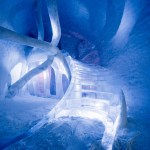
The establishment also has 44 warm rooms and 28 warm chalets, which resemble more traditional hotel accommodations for guests not wanting to brave the elements. However, it’s the thrill of staying in suites made of snow and ice that has made the hotel a hit over the last 33 years.
The Icehotel’s Grand Opening
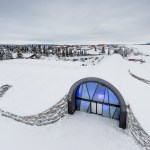
Yngve Bergqvist founded the Icehotel, first falling in love with Jukkasjärvi in the 1970s. “I took the train up north from Hälsingland to ski in the spring, and I stayed,” Bergqvist is quoted on the hotel’s website. Seeing ample business opportunities in the small town, he opened a canoe center offering rafting, paddling, and fishing during the warm months. Jukkasjärvi was a mecca for tourists in spring and summer, but few ventured there during the harsher winter months.

Bergqvist sought a way to draw visitors during this slower period and to showcase the environment around him. “When I started to wonder how we could develop Jukkasjärvi for the winter season I was told it is too dreadful, cold, and dark in northern Sweden during the winter,” he said. “I wanted to turn that around and create something positive out of the cold and show there is so much light amid the dark — the northern lights and the shiny white snow.”

It took a trip to Japan for Bergqvist to develop his idea for the Icehotel. During his travels, he learned about the art of ice sculpting. Inspired, Bergqvist held his first ice sculpting workshop in Jukkasjärv in 1989. During the workshop, Bergqvist realized that the Torne River, which produces large chunks of crystal clear ice as it freezes in the winter, could attract ice sculptors from around the globe.
By 1990, the world’s first ice hotel was officially open. It was modest by today’s standards, just a 250-square-meter igloo. In fact, Bergqvist hadn’t actually intended for visitors to stay in the building. It was designed to house the various art installations that his visiting artists had sculpted. However, necessity is the mother of invention, as the old saying goes.

Bergqvist explained: “On a cold winter’s day, all of our warm cabins were booked for the night but we had a group that wanted to stay the night. I suggested that they could sleep in the cold Artic Hall. To my surprise, the guests said yes, so we equipped them with warm sleeping bags and instructed them how to sleep in the cold. The morning after, they were blown away by the experience.”
Walking in a Winter Wonderland
Each November, Icehotel invites ice sculptors from across the world to sculpt the various art installations at the hotel. An estimated 2,000 ice blocks are taken from the Torne River during the spring and are stored in an insulated storage hall, which prevents them from melting. These are the building blocks for the ice rooms and various ice art every year.
In the spring, the ice melts back into the nearby waters, thus starting the cycle anew — it’s the ultimate lesson in sustainability. Since the hotel is built near the river, it doesn’t need to be transported long distances, and because most of the hotel is made out of ice, its impact on the environment is minimal. Additionally, the hotel regularly makes donations to the global nonprofit WaterAid, which works to increase the supply of clean water around the world.

The Icehotel draws tourists from across the globe, with the once desolate winters now Jukkasjärv’s peak period. In 2016, the establishment added its permanent ice rooms for year-round access, kept cool via “solar-power cooling technology.” With 50,000 wintertime guests, the location remains a sought-after destination thanks to the unique experience it offers.


